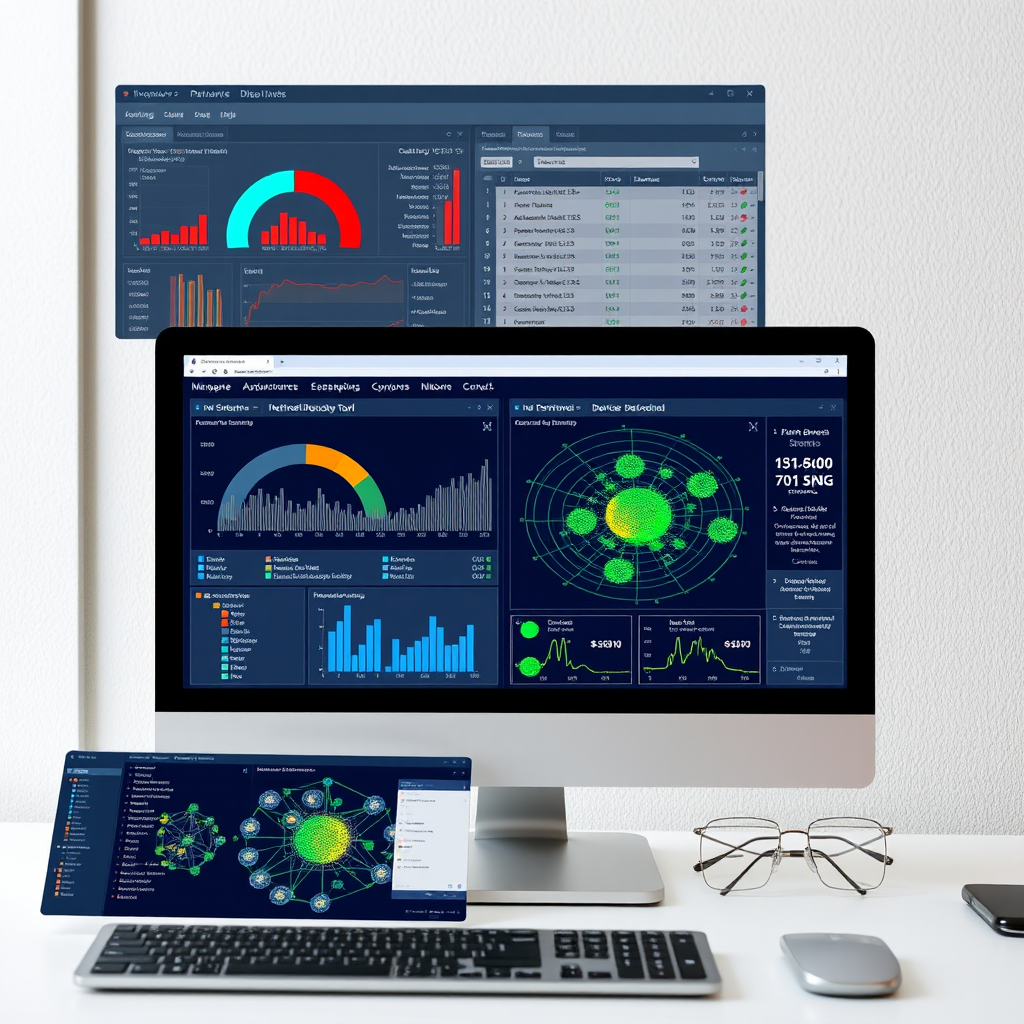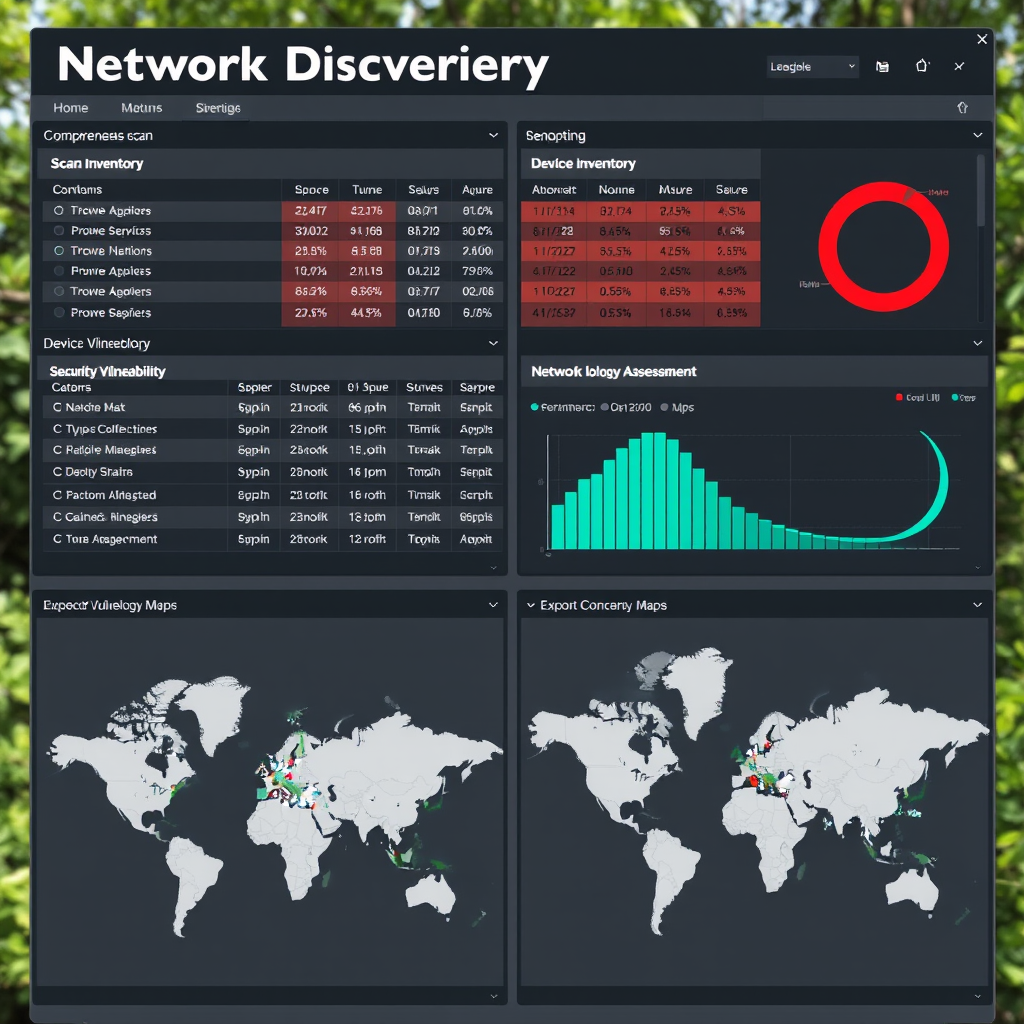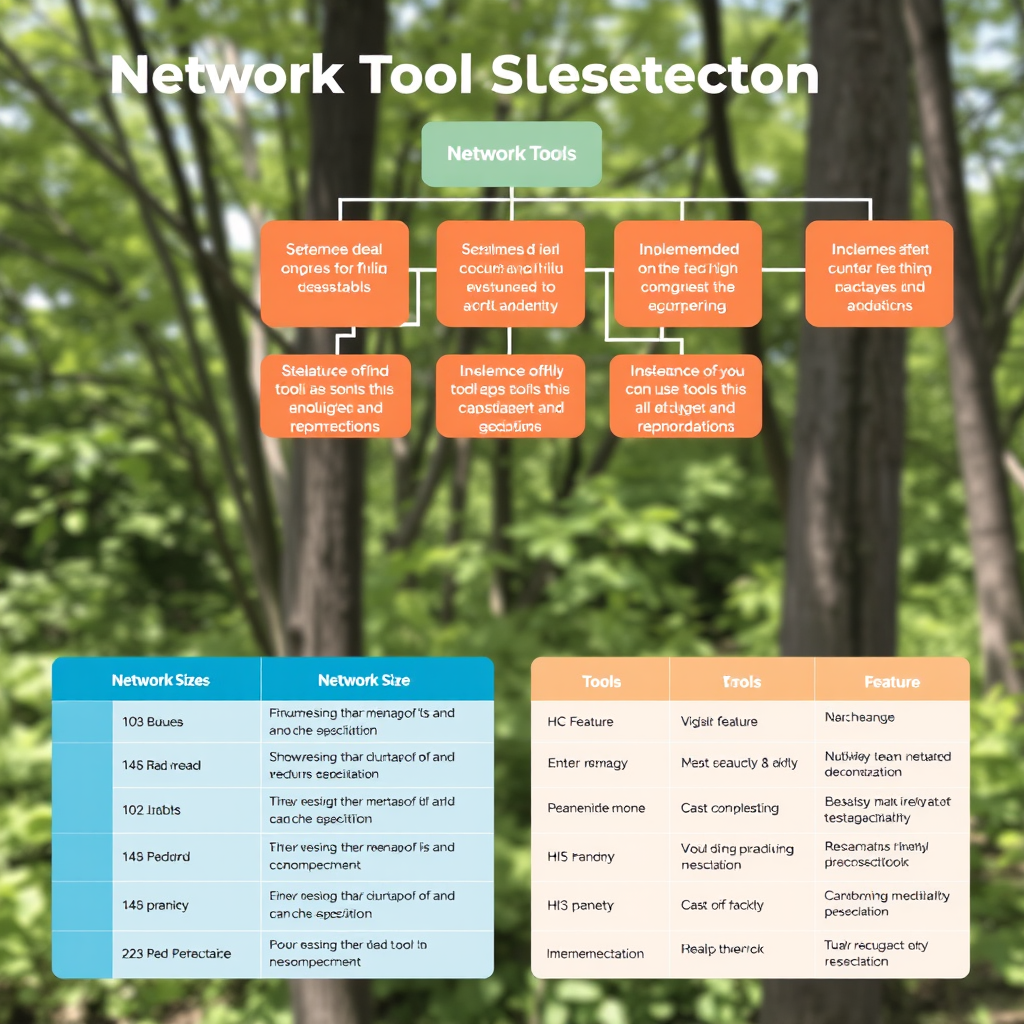Network Discovery Tools: Comparing Features and Performance

In today's complex IT environments, network administrators need reliable tools to discover, monitor, and manage devices across their infrastructure. With numerous network discovery solutions available, choosing the right tool can significantly impact your organization's security posture and operational efficiency.
Understanding Network Discovery Requirements
Before diving into specific tools, it's essential to understand what makes an effective network discovery solution. Modern IT professionals require tools that can handle diverse network environments, from small office LANs to enterprise-scale infrastructures.
Key Performance Indicators
- Scanning Speed: How quickly the tool can sweep through IP ranges
- Device Detection Accuracy: Reliability in identifying active devices and services
- Discovery: Comprehensive identification of open ports and running services
- Network Mapping: Visual representation of network topology
- Reporting Capabilities: Detailed documentation and export options
High-Performance Scanning Solutions

When evaluating network discovery tools, scanning speed often becomes a critical factor, especially for large networks. Advanced scanning engines can process thousands of IP addresses per second, dramatically reducing the time required for comprehensive network audits.
Scanner: Ultra-Fast Scanner
stands out as one of the fastest scanners available, capable of scanning the entire Internet in under 6 minutes. This tool excels in environments where speed is paramount, making it ideal for large-scale network assessments and security audits.
Key Features:
- Asynchronous transmission for maximum speed
- Custom packet crafting capabilities
- Flexible output formats (XML, JSON, binary)
- Integration with other security tools
- Low resource consumption despite high performance
Comprehensive LAN IP Scanner Solutions
For local area network management, specialized LAN IP scanner tools provide detailed insights into device behavior, network utilization, and potential security vulnerabilities. These solutions focus on accuracy and comprehensive device profiling rather than raw scanning speed.
Device Detection Accuracy
Advanced fingerprinting techniques identify device types, operating systems, and running services with high precision, enabling better network inventory management.
Real-Time Monitoring
Continuous network monitoring capabilities alert administrators to new devices, configuration changes, and potential security threats as they occur.
Integration and Reporting Capabilities

Modern network discovery tools must integrate seamlessly with existing IT infrastructure and provide comprehensive reporting capabilities. The ability to export data in various formats and integrate with security information and event management (SIEM) systems has become essential.
Advanced Reporting Features
- Customizable Report Templates: Tailored documentation for different stakeholders
- Automated Scheduling: Regular scans with automatic report generation
- Trend Analysis: Historical data comparison and network growth tracking
- Compliance Reporting: Documentation for regulatory requirements
- API Integration: Seamless data exchange with other management tools
Performance Benchmarking Results
Our comprehensive testing across various network environments reveals significant performance differences between tools. Factors such as network size, device diversity, and scanning objectives all influence tool selection.
| Tool Category | Scanning Speed | Accuracy Rate | Resource Usage | Best Use Case |
|---|---|---|---|---|
| High-Speed Scanners | Excellent | Good | Low | Large-scale audits |
| LAN IP Scanners | Moderate | Excellent | Moderate | Local network management |
| Enterprise Solutions | Good | Excellent | High | Comprehensive monitoring |
Security Considerations and Best Practices
When implementing network discovery tools, security considerations must be paramount. These tools can provide valuable intelligence to both administrators and potential attackers, making proper configuration and access control essential.
Security Best Practices
- Implement role-based access controls for scanning tools
- Use encrypted connections for remote scanning operations
- Regularly update scanning signatures and detection rules
- Monitor and log all scanning activities for audit purposes
- Coordinate with security teams before large-scale scans
Choosing the Right Tool for Your Environment

The optimal network discovery tool depends on your specific requirements, network architecture, and organizational constraints. Consider factors such as network size, scanning frequency, integration requirements, and budget when making your selection.
Small Networks
For networks with fewer than 500 devices, lightweight LAN IP scanner solutions provide excellent value and comprehensive features without overwhelming complexity.
- Easy deployment
- Intuitive interfaces
- Cost-effective licensing
Medium Networks
Networks with 500-5000 devices benefit from tools that balance performance with detailed reporting and integration capabilities.
- Scalable architecture
- Advanced reporting
- API integration
Large Networks
Enterprise environments require high-performance solutions like for rapid scanning combined with comprehensive management platforms.
- High-speed scanning
- Enterprise integration
- Distributed deployment
Future Trends in Network Discovery
The network discovery landscape continues evolving with emerging technologies such as artificial intelligence, machine learning, and cloud-native architectures. These advances promise more intelligent, automated, and efficient network management capabilities.
Emerging Technologies
AI-powered network discovery tools are beginning to offer predictive analytics, anomaly detection, and automated response capabilities. These features help administrators proactively manage network security and performance.
- Machine learning-based device classification
- Predictive network behavior analysis
- Automated vulnerability assessment
- Cloud-native scanning architectures
- Integration with zero-trust security models
Conclusion
Selecting the appropriate network discovery tool requires careful consideration of your organization's specific needs, technical requirements, and operational constraints. Whether you need the raw speed of for large-scale assessments or the detailed accuracy of specialized LAN IP scanner solutions for local network management, understanding each tool's strengths and limitations is crucial.
The most effective approach often involves combining multiple tools to create a comprehensive network discovery strategy. High-speed scanners can provide rapid initial assessments, while detailed LAN scanners offer ongoing monitoring and management capabilities. By leveraging the right combination of tools, IT professionals can maintain secure, well-documented, and efficiently managed network infrastructures.
Remember: Regular network discovery and monitoring are essential components of modern cybersecurity practices. Invest in tools that not only meet your current needs but can scale with your organization's growth and evolving security requirements.